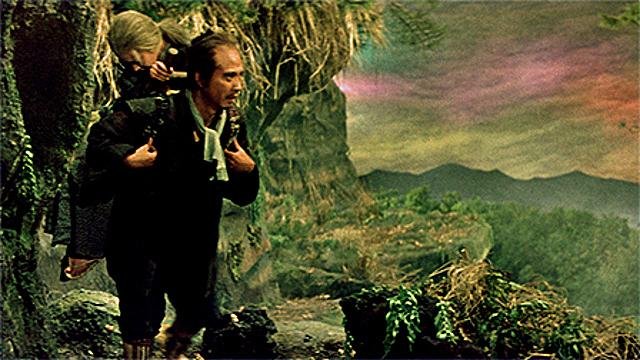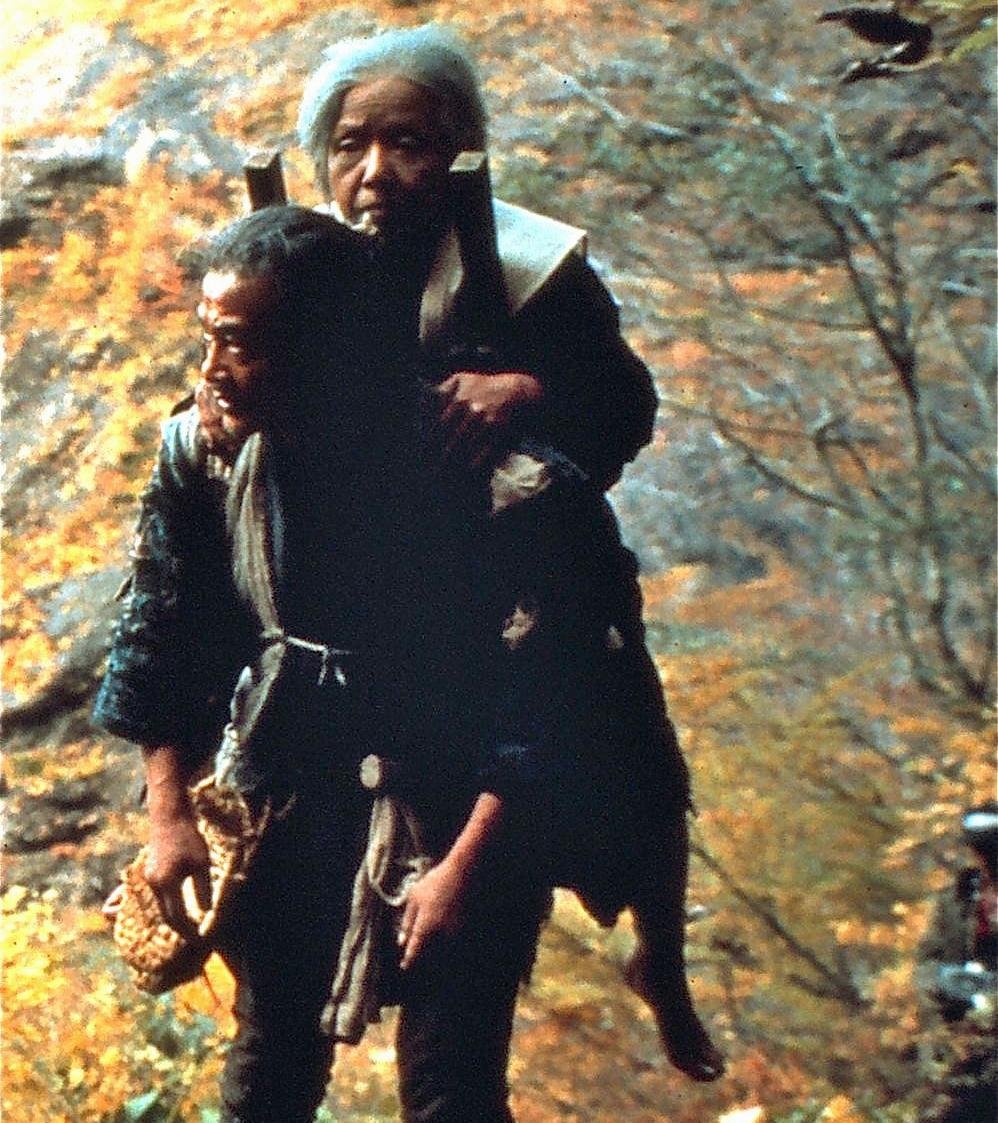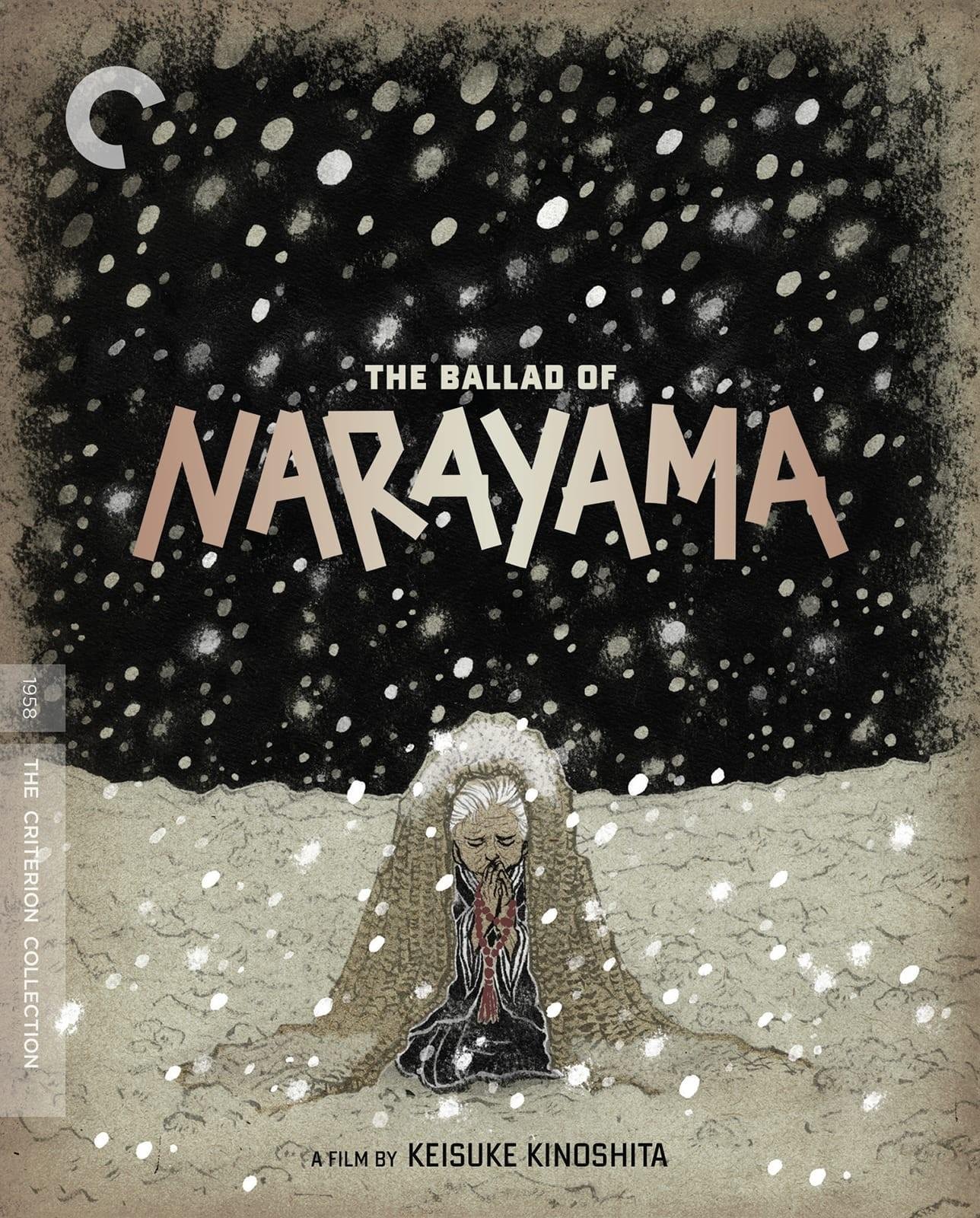The Timeless Beauty of The Ballad of Narayama: A Must-See Masterpiece
The Ballad of Narayama is a masterpiece of Japanese cinema that has stood the test of time. This film tells the story of an elderly woman who lives in a remote mountain village where the custom is to abandon the elderly and infirm to die in the mountains. The film explores themes of family, tradition, and mortality while showcasing the stunning landscapes of Japan‘s rural regions. In this film review, we will delve into why The Ballad of Narayama is a must-see film for any lover of cinema and why it continues to captivate audiences decades after its release.
The Ballad of Narayama is a masterpiece of Japanese cinema that has stood the test of time. This film tells the story of an elderly woman who lives in a remote mountain village where the custom is to abandon the elderly and infirm to die in the mountains. The film explores themes of family, tradition, and mortality while showcasing the stunning landscapes of Japan‘s rural regions. In this film review, we will delve into why The Ballad of Narayama is a must-see film for any lover of cinema and why it continues to captivate audiences decades after its release.

Introduction
In this cinema, movies and actors blog post, we will be delving into the world of the critically acclaimed Japanese film, “The Ballad of Narayama”. This film, directed by Shohei Imamura, tells the story of a remote mountain village where elderly citizens are carried to the summit of the Narayama mountain to die. The film explores themes of tradition, family, and mortality in a haunting and captivating way. Sit back, relax, and read on for our review of “The Ballad of Narayama”.
Background information about the film
The Ballad of Narayama is a Japanese film directed by Shohei Imamura, released in 19 The film is based on an old Japanese folklore about a village where the elderly are taken to the top of a mountain to die when they reach the age of The film tells the story of an old woman named Orin who has reached the end of her life and must make the journey to the top of the mountain. The film won the Palme d’Or at the 1983 Cannes Film Festival and is widely regarded as one of Imamura’s greatest works. The Ballad of Narayama is an emotional and powerful film that explores themes of aging, tradition, and sacrifice.
Plot summary
The Ballad of Narayama is a Japanese film that tells the story of a village that practices a tradition where elderly people are carried up to the mountain to die when they reach the age of The film follows Orin, an elderly woman who must make the journey to Narayama. Along the way, she reflects on her life and relationships with her family members. The film explores themes of tradition, duty, and sacrifice. The Ballad of Narayama is a visually stunning film that offers a unique and thought-provoking perspective on life and death.

Themes explored in the film
The Ballad of Narayama is a captivating film that explores themes of tradition, family, and survival. Set in a remote village in Japan, the story follows an old woman named Orin who must make the difficult decision to climb a mountain to die when she turns 70, as per the village’s tradition. The film delves into the complexities of familial relationships, as Orin’s son Tatsuhei struggles to come to terms with his mother’s fate. Moreover, it also highlights the harsh realities of survival in a harsh mountain environment, and the lengths one must go to ensure the survival of their family. Overall, The Ballad of Narayama is a thought-provoking film that explores themes that are still relevant in modern society.
Cinematography and visual style
The Ballad of Narayama, directed by Shohei Imamura, is a film that showcases breathtaking cinematography and a stunning visual style. The use of wide-angle lenses and deep focus shots allows the audience to feel fully immersed in the mountain village where the story takes place. The natural beauty of the landscape is captured in every frame, while the use of color and light adds to the storytelling. The visual elements of the film are used to emphasize the themes of life, death, and nature. Imamura’s careful attention to detail and artistic vision make The Ballad of Narayama a must-see film for anyone who appreciates the artistry of cinema.
Acting performances
When it comes to acting performances, “The Ballad of Narayama” definitely delivers. The film showcases a range of emotions and personalities from its cast, with standout performances from the lead actors. The film’s themes of tradition, family, and sacrifice are perfectly portrayed through the actors’ nuanced performances, bringing a sense of authenticity to the story. From the protagonist’s stoic determination to the supporting cast’s portrayal of the villagers’ way of life, every actor shines in their respective roles. Overall, the acting performances in “The Ballad of Narayama” are a major highlight and contribute significantly to the film’s success.

Soundtrack and sound design
The Ballad of Narayama is a masterpiece not only for its stunning cinematography and powerful storytelling, but also for its exceptional soundtrack and sound design. The use of traditional Japanese music and sound effects seamlessly transports the audience into the world of the film, immersing them fully in the rural mountain village of Narayama. The sound design is particularly noteworthy, as it enhances the emotional impact of key scenes and adds depth to the characters’ experiences. The combination of expertly crafted visuals and sound in The Ballad of Narayama creates a truly immersive cinematic experience that is not to be missed.
Reception and critical acclaim
The Ballad of Narayama film is a masterpiece that received critical acclaim and positive reception from both moviegoers and critics. Its visual storytelling, gripping narrative, and stellar performances from the cast are highly praised, earning it numerous accolades and awards. The film’s director, Shohei Imamura, was widely recognized for his exceptional direction and distinct style. The Ballad of Narayama is a must-watch for any cinephile who appreciates the art of filmmaking and the power of storytelling.
Comparison to the original 1958 film
When it comes to reviewing the 1983 classic “The Ballad of Narayama”, it’s impossible not to draw comparisons to the original 1958 film. While both films focus on the harsh realities of life in a rural Japanese village, the 1983 version has a much more cinematic feel to it. The use of vibrant colors and breathtaking landscapes creates a much more immersive viewing experience. Additionally, the performances of the actors in the 1983 version are much more nuanced and emotional. While the original film is still a masterpiece in its own right, the 1983 version takes the story to a whole new level of cinematic excellence.
Conclusion and overall thoughts on the film
In conclusion, “The Ballad of Narayama” is a hauntingly beautiful film that explores the cycle of life and death in a small rural community in Japan. The cinematography is breathtaking, capturing the stunning landscapes and the harsh realities of life in the mountains. The performances are outstanding, particularly the lead actress, who portrays the strength and resilience of a mother who must make a difficult sacrifice for the sake of her family. While the film deals with dark themes, it is also filled with moments of humor and humanity. Overall, “The Ballad of Narayama” is a masterpiece of Japanese cinema that should not be missed by any film lover.
For more information about The Ballad of Narayama film review, including movie details, cast information, etc..
check out the filmaffinity page.



